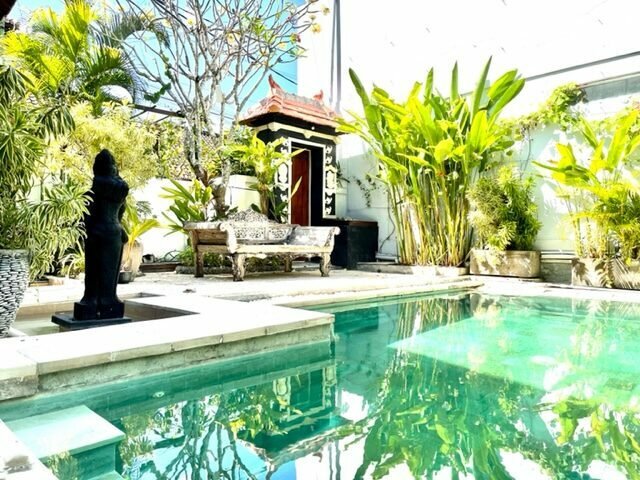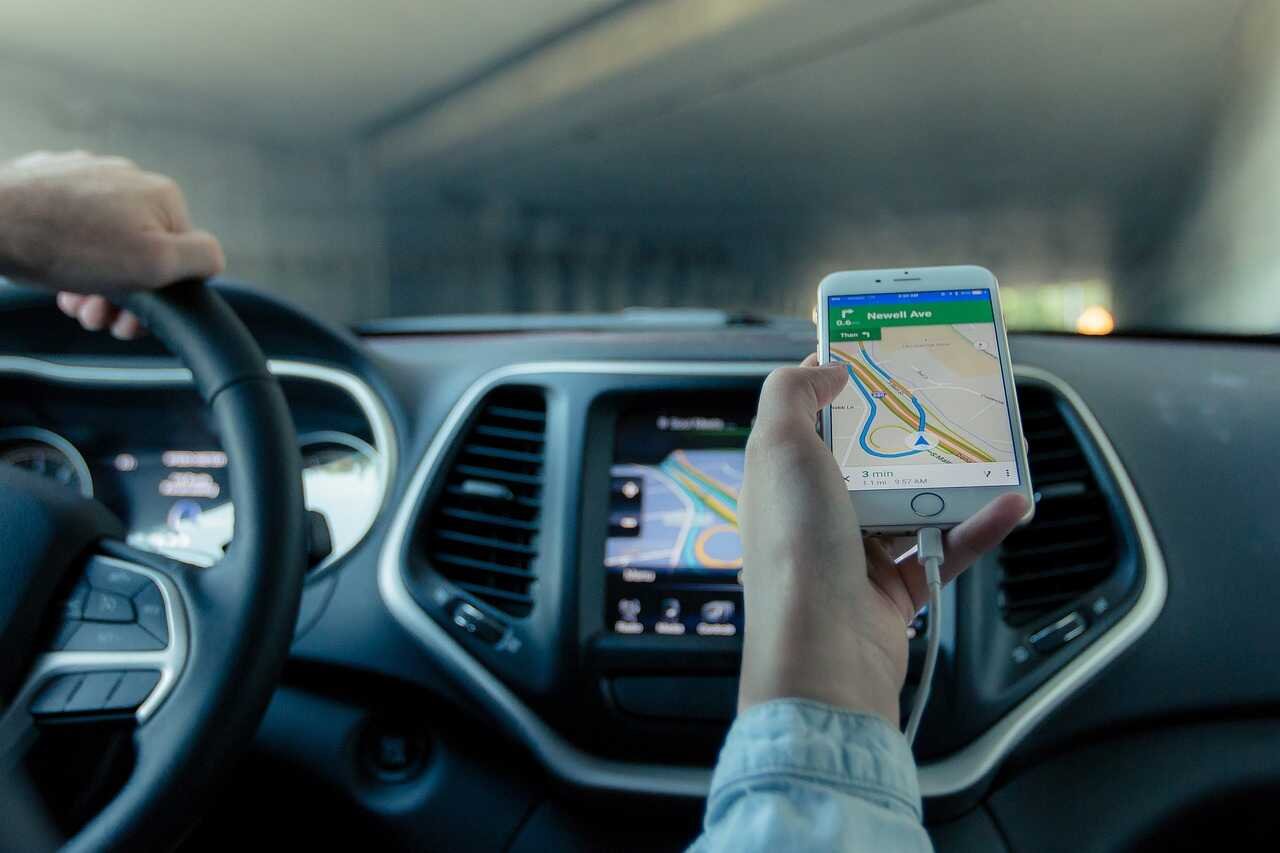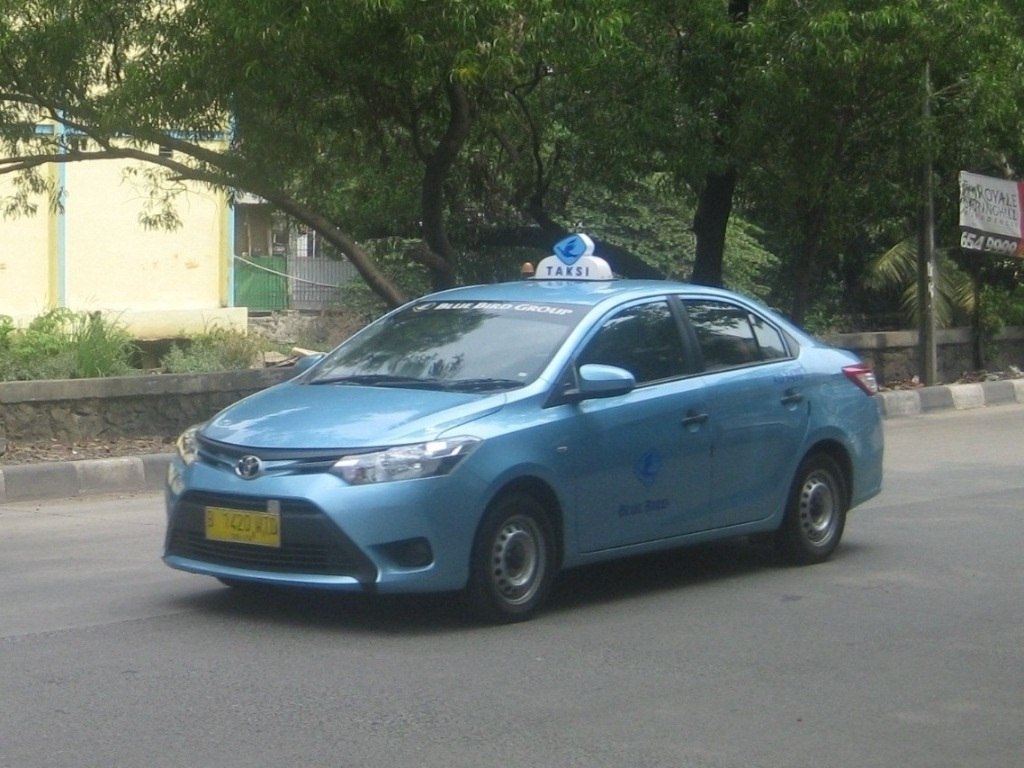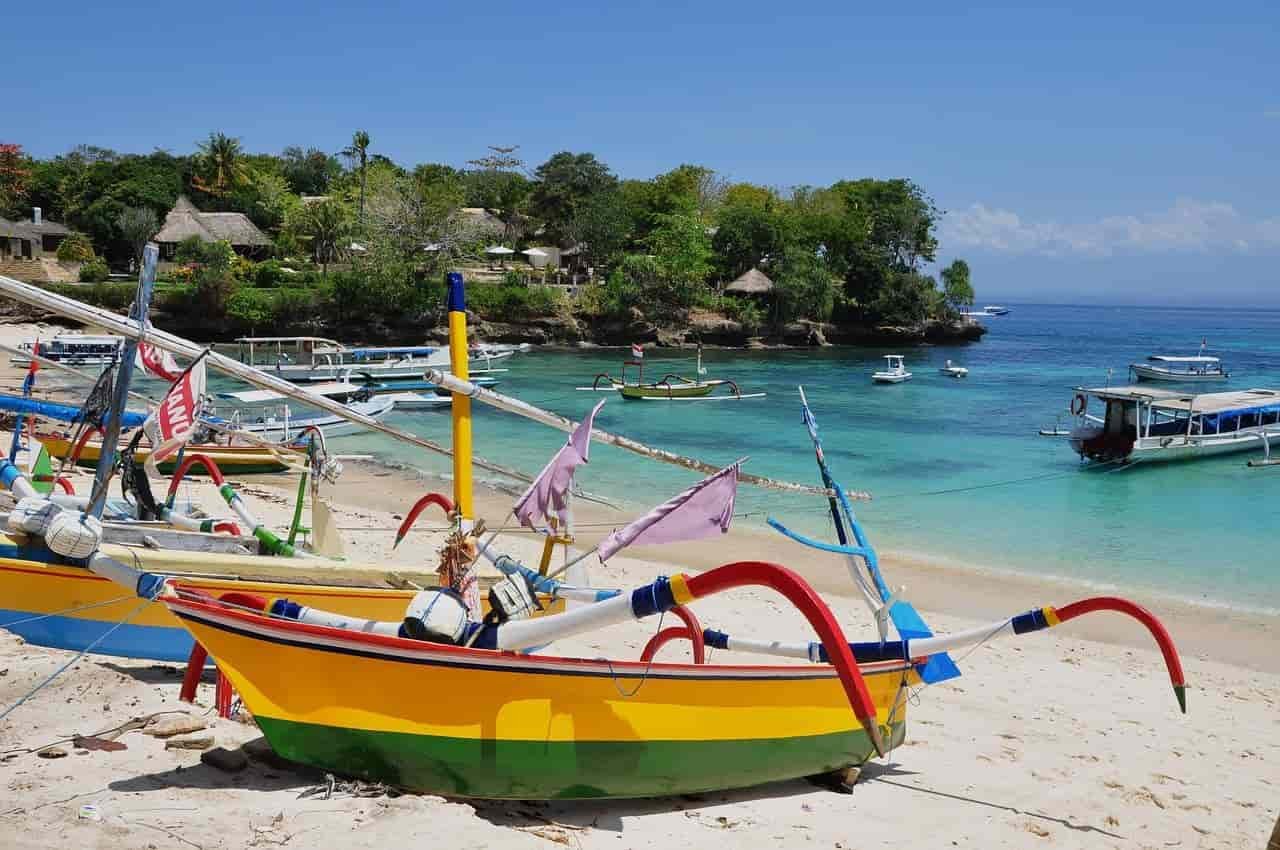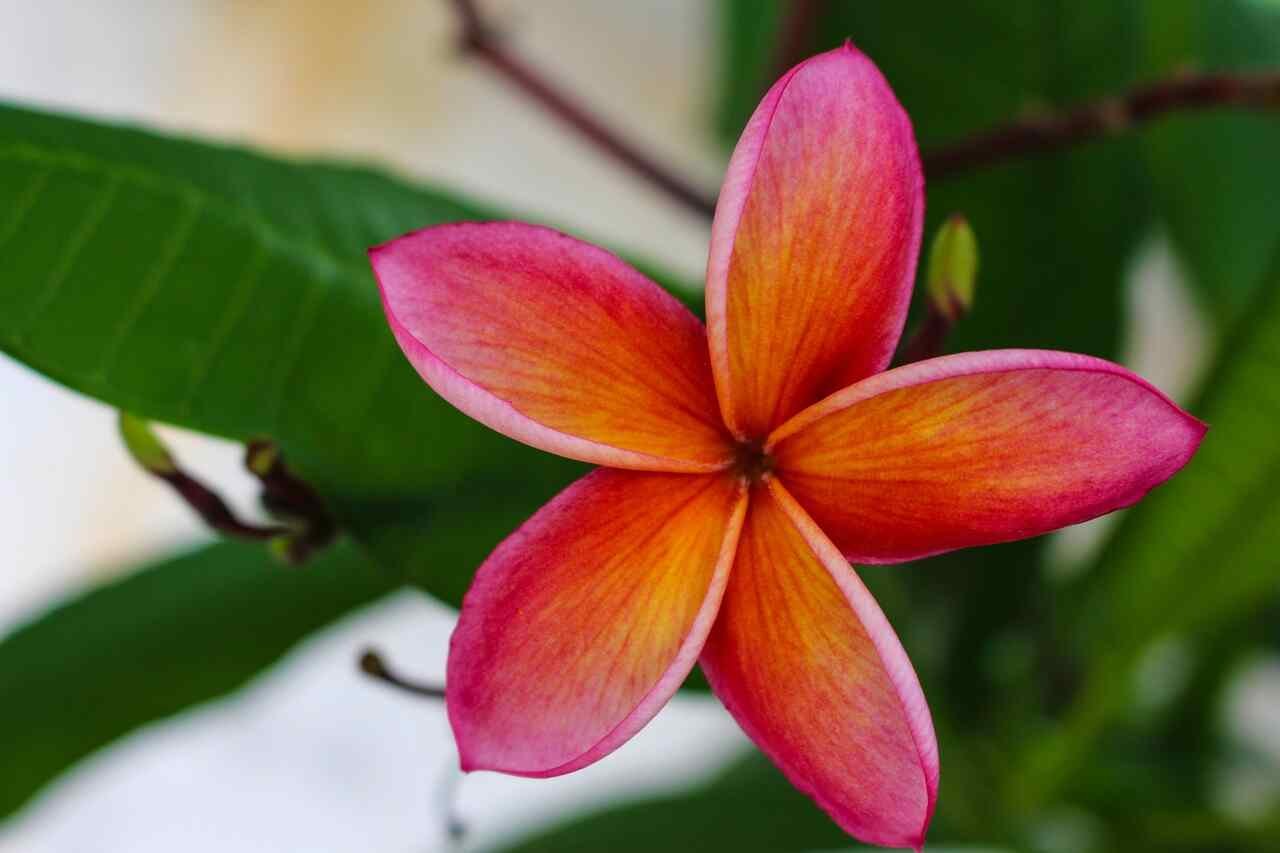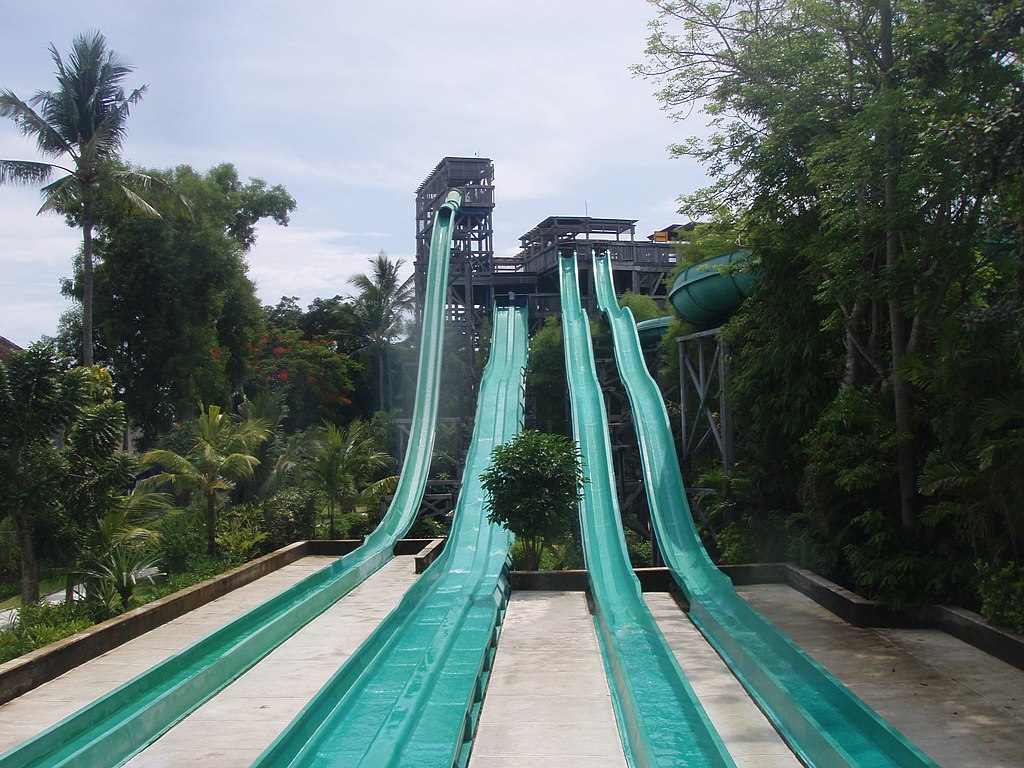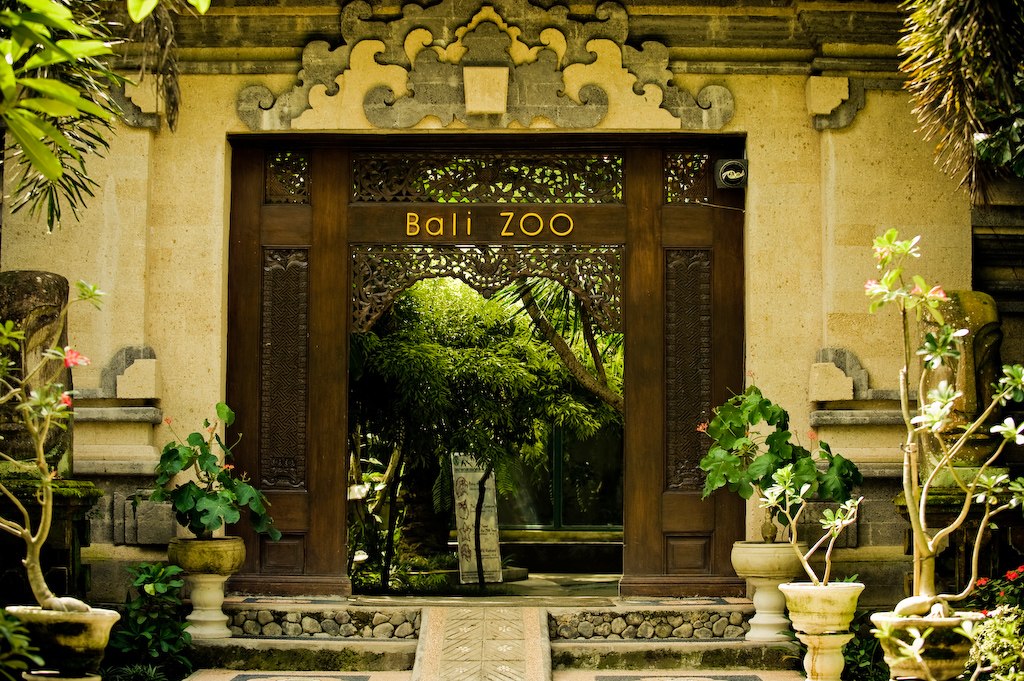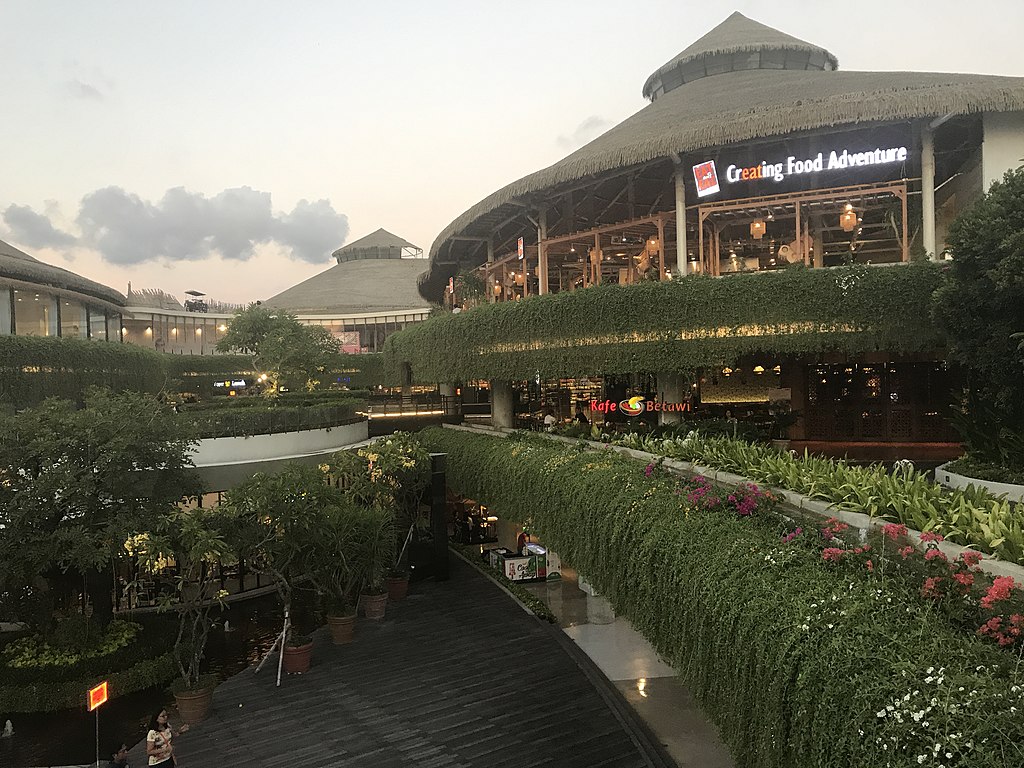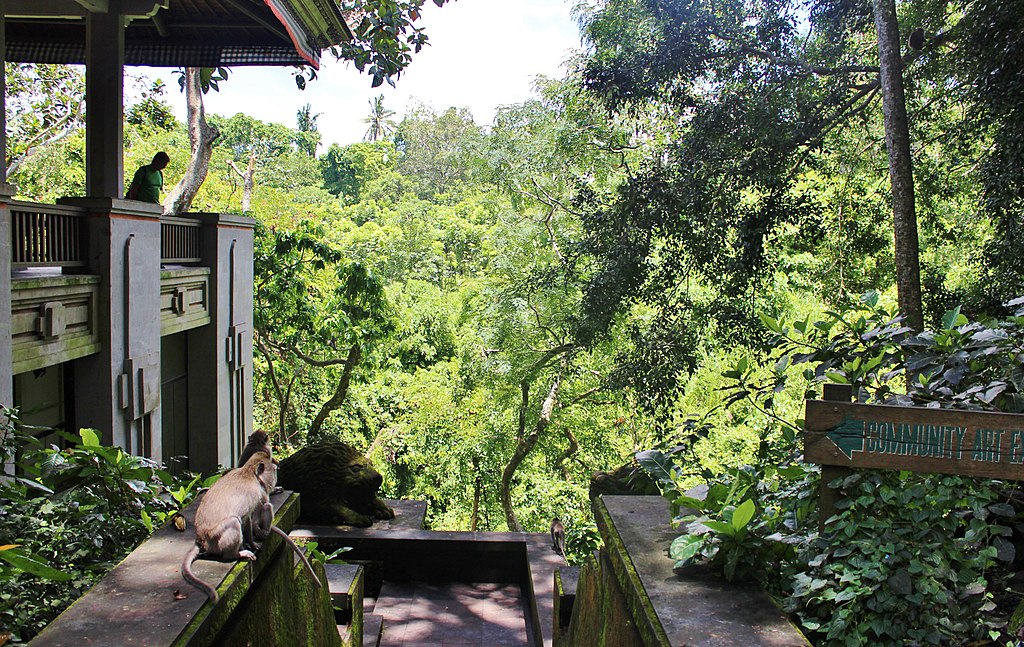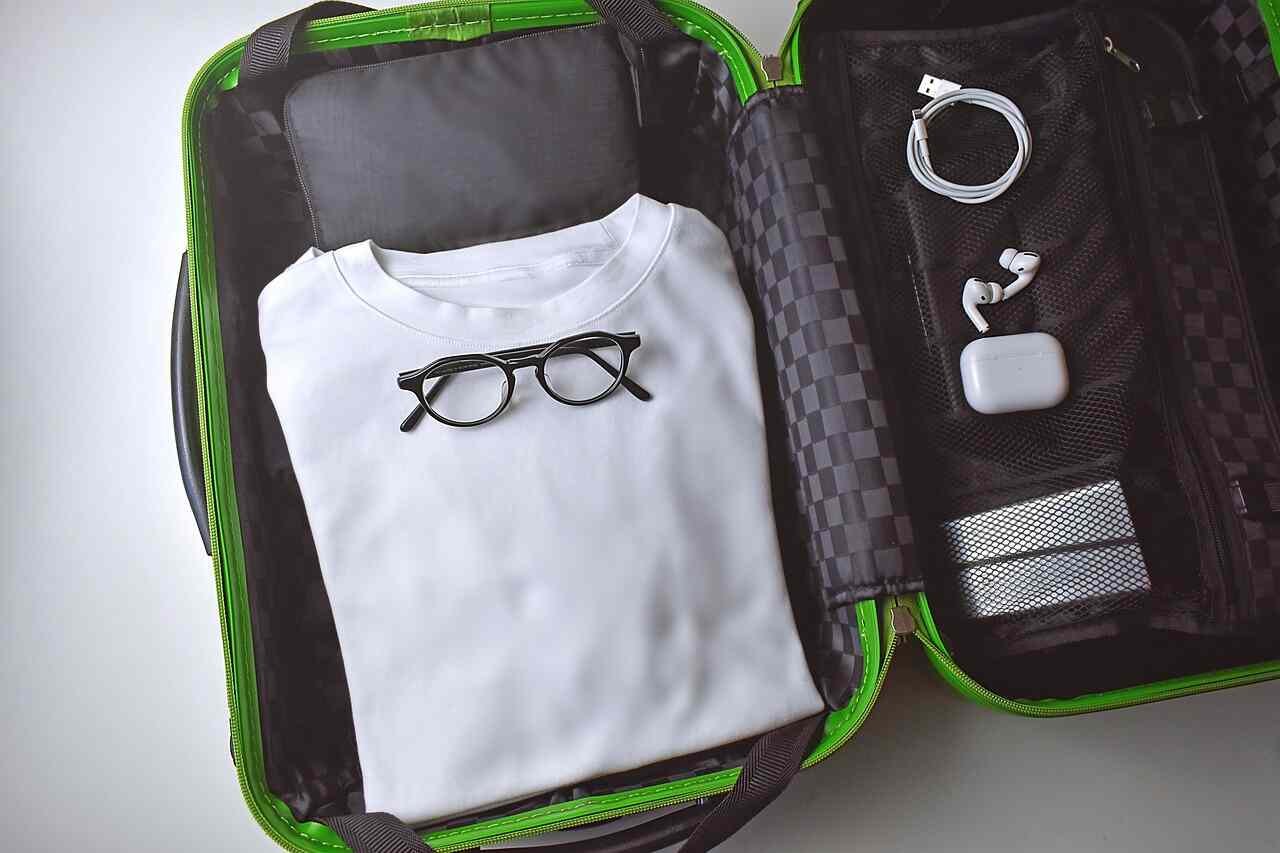💑 The Ultimate Guide to Romantic Getaways: Best Places to Go for Couples in Bali
Planning a romantic escape to Bali? Whether it’s your honeymoon, anniversary, or a spontaneous couple’s retreat, the Island of the Gods is the perfect destination. In this guide, we reveal the best places to go for couples in Bali, from stunning beaches to tranquil temples, luxurious villas to cultural gems.
Bali is not just a tropical paradise—it’s a place to fall in love all over again. With its golden sunsets, spiritual energy, and secluded hideaways, it’s no surprise that couples from around the world choose Bali for romance.
From candlelit dinners on the beach to thrilling adventures and spa indulgence, Bali is where romance meets magic.
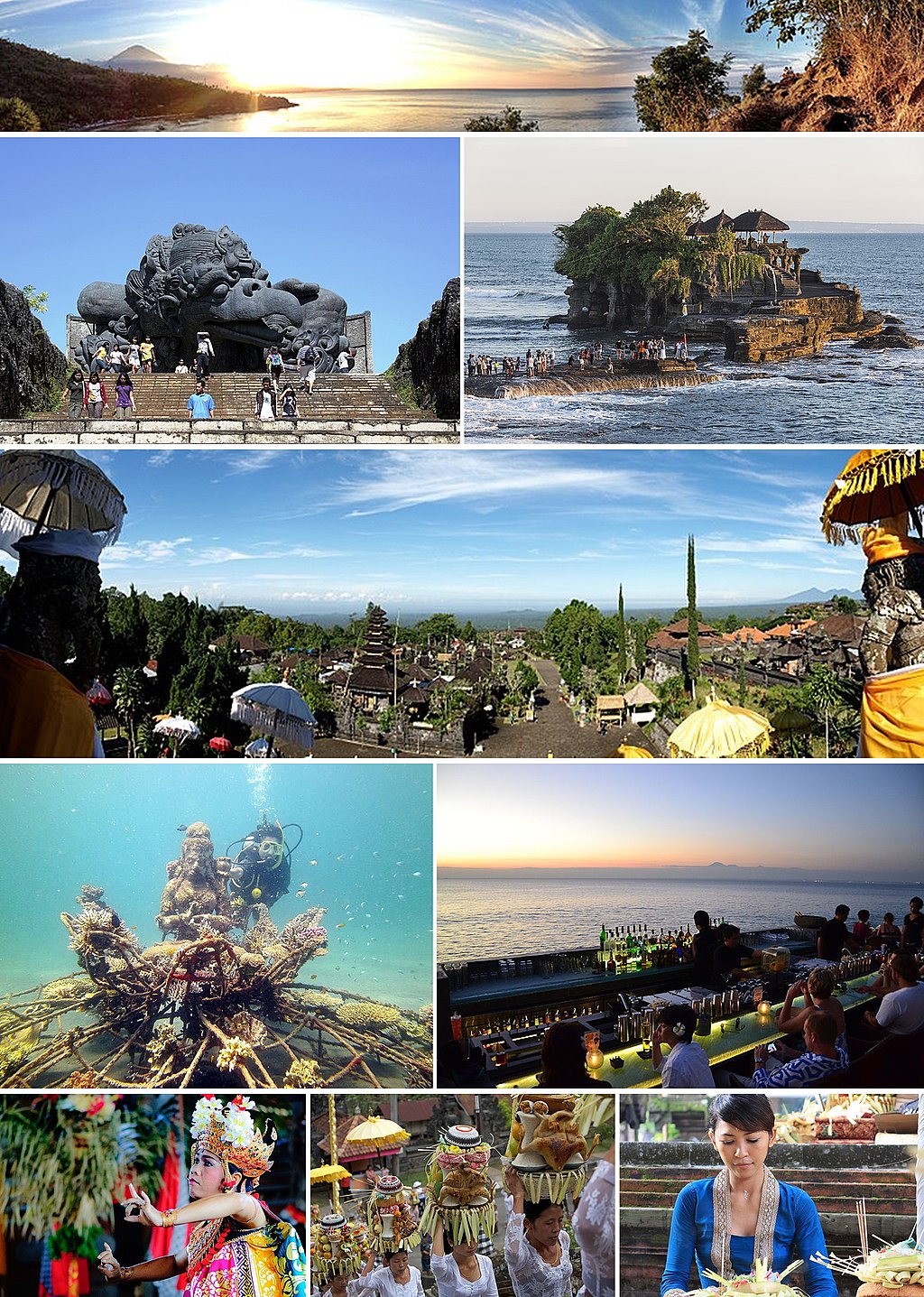
Several tourist spots in Bali island, from top left to right: Sunset over Amed beach with Mount Agung in the background, Garuda Wisnu Kencana monument, Tanah Lot temple, view from top of Besakih Temple, scuba diving around Pemuteran, The Rock Bar at Jimbaran Bay, and various traditional Balinese people activities. File:Amed banner sunset.jpg: borntosleepFile:GarudaWisnuKencana head.jpg: SankoFile:Tanah-Lot Bali Indonesia Pura-Tanah-Lot-01.jpg: CccefalonPanorama of Bali from Besakih – Mother temple.jpg: PopaneshFile:Snorkeling Pemuteran Bali 2.jpg: Ennio morriconeFile:The Rock Bar Bali (7188376333).jpg: Simon_seesFile:Balinese Dancer (Imagicity 1248).jpg: Graham CrumpFile:Balinese vrouwen in een processie bij een festival in Ubud, -7 Aug. 2009 a.jpg: Jean-Marie HullotFile:Balinese girl with offering.jpg: John Yavuz Canderivative work: Badpuccini, CC BY-SA 3.0, via Wikimedia Commons
🌴 Best Places to Go for Couples in Bali
Discover Bali’s enchanting destinations perfect for couples: From Seminyak’s serene beaches to Ubud’s lush rice terraces, this guide reveals the best spots for an unforgettable romantic getaway. Explore the island’s breathtaking landscapes and vibrant culture, perfect for couples seeking both adventure and tranquility in this tropical paradise.
1. Seminyak – A luxurious experience
Sunbathe on the beach, dine at five-star restaurants, or indulge in a couple’s spa day. Seminyak is Bali’s most stylish area, perfect for a chic romantic escape.
Highlights:
-
Romantic beachfront dinners
-
Sunset at Potato Head Beach Club
-
Boutique shopping and luxury spas
Located on the southwest coast of Bali, Seminyak is one of the most exclusive vacation spots. Its extensive range of high-end boutiques and five-star restaurants offer a luxurious stay for honeymooners. Going to a spa with your significant other is one of the most romantic and relaxing things to do in Seminyak. ==
Enjoy breathtaking panoramas of the Indian Ocean while you sunbathe with your sweetheart on the beach. This is surely one of the most fun places to visit in Bali during honeymoon.
To spice up your post-wedding getaway, visit the beach bars. Sit back for a moment and toast to your happiness. To show off the adrenaline, go scuba diving. You will live the craziest experience. Guaranteed effect, I promise you. Take a look at your credit card and head to the luxury boutiques of Seminyak. Hand in hand, go around the shelves and fill your growing basket. Take photos and end the evening at a chic restaurant in the square. A candlelight dinner will be welcome. Please order champagne to add more charm to this wonderful evening for two.
Seminyak Beach | The ideal beach to see a wonderful sunset in Bali
2. Uluwatu – Cliffside Views & Hidden Beaches
Home to Bali’s most dramatic coastline, Uluwatu offers privacy, oceanfront villas, and magical sunsets.
Don’t miss:
-
Uluwatu Temple at sunset
-
Kecak fire dance performance
-
Alila Uluwatu infinity pool and spa
Number one on my list of places to visit in Bali is Uluwatu. It is the peninsula’s hotspot for weddings. It has a casual romantic air. Spark your passion on the secluded beaches of Balangan and Suluban, considered the most beautiful in Bali. Spend precious moments during your honeymoon at Alila Hotel lounging in the infinity pool overlooking the ocean. Watch the unusual Kecak fire dance for a little spice.
It is indeed one of the best places to visit in Bali for a honeymoon. If you are there, visit the Uluwatu temple. For the wildest weekend, hold hands with your significant other and attend the Saturday night party at Padang Padang Beach. If time permits, take a trip to the Garuda Wisnu Kencana Cultural Park. You will only be delighted. Wondering how to get there?
Uluwatu Travel Guide: Must Visit Places Between Temples and Beaches in South Bali
During my stay in Bali, I took a flight from my home country to Ngurah Rai International Airport. Once I landed, I then took a taxi to Uluwatu. You must do the same too. Uluwatu should definitely be part of your post-wedding destination. It’s a true paradise on earth.
Best Temples in Bali | You need to visit one of them at least once during your stay in Bali
3. Mount Batur & Kintamani – Sunrise Trekking & Natural Wonders
For adventurous couples, a sunrise hike up Mount Batur is a breathtaking bonding moment.
Add to your itinerary:
-
Sunrise hike with crater views
-
Hot springs in Toya Devasya
-
Lunch with a volcano view in Kintamani
Mount Batur is the setting par excellence, I would even say ideal, perfect for nature lovers. Make your romantic getaway a magical experience. Experience the romantic drama of nature on your sunrise hike to the active volcano, Mount Batur, 1700 m above sea level. Unique and thrilling, this adventure will take your breath away with its magnificent crater lake, its hot springs and the fantastic panoramic views from its summit.
When I was there, I assure you that I no longer wanted to return to my hotel room. The view is panoramic and the picture before me made me paralyzed. I was completely silent and I was enjoying every moment.
Visit the precariously hinged Besakih Temple and end your romantic stay with a meal at the hidden Gunung Batukuru restaurant. The menu is so delicious. You absolutely must go there. If you have opted to spend your honeymoon at Mount Batur, here is what else you can do. When you wake up after cuddling your partner, go to Kintamani for lunch.
Then, hand in hand visit the iconic Tirta Empul temple. Don’t you want to bless your relationship? Newlyweds love it. So, go to Goa Gajah temple to get blessings. The departure process is the same as going to Uluwatu. This time, the taxi you hire will have to take you to Mount Batur.
Hiking Mount Batur in Bali | Hike to witness the sunrise from the top of the volcano!
4. Canggu – Bohemian Beach Vibes & Cozy Cafés
Canggu offers a laid-back atmosphere perfect for couples who want to surf by day and cuddle by night.
Must do:
-
Sunset at Echo Beach
-
Visit La Brisa or The Lawn for cocktails
-
Explore rice fields and yoga spots
A romantic sunset stroll isn’t just for the movies, in fact, it’s one of the best things to do in Bali for honeymoon couples. Walk down the beach with your lover and treat yourself to a nice stroll. You deserve it.
Then cross the creeks of the rivers, pass by quiet villages and rice fields of Canggu. Make a stop at temples like Pura Tanah Lot for example. Also treat yourself to a moment of relaxation in the caves. Take the opportunity to take magnificent souvenir photos.
Canggu is one of the best places to visit in Bali for a honeymoon. You can even take a horse-drawn bendi ride. Isn’t this romantic? End your getaway in one of the cafes located in Canggu and don’t forget to go to the La Laguna Gypsy Market.
You can easily reach Canggu by taking a flight to Ngurah Rai International Airport. Then hire the services of a taxi to this splendid village.
Things To Do in Bali and What to Visit, Where To Go While Vacationing in Bali? (Top Attractions)
5. Crystal Bay on Penida Island – Romance with nature
Escape the crowds and snorkel in the clear waters of Crystal Bay, then explore the stunning cliffs of Nusa Penida.
Romantic moments:
-
Snorkeling with manta rays
-
Sunset at Crystal Bay
-
Visit Kelingking Cliff and Peguyangan Waterfall
Crystal Bay on Penida Island is one of the most romantic places to visit in Bali for a honeymoon. You will soon know why. Newlyweds have plenty of time and space to snuggled up together as they travel on a 64-foot luxury catamaran to the secluded Crystal Bay (named after the turquoise waters that surround it). Spice up your romantic expedition with a delicious barbecue and get your fill of thrills by snorkeling to explore the magnificent coral reef.
I went there for adventure not for a romantic getaway, but I had a very good experience. Snorkeling was my favorite. I experienced a strong feeling. You must also do the same. Apart from the catamaran trip and snorkelling, there are plenty of other activities to do. Before we begin, I hope you kept your camera… Don’t be like me. Unfortunately I forgot it! If you have yours, go to Peguyangan Waterfall.
Once there, act as photographers. The place is so beautiful that it deserves to be photographed from every direction and angle. After the photo session, take a visit to Manta Bay with your loved one. To end this romantic getaway, go and relax at Crystal Bay Beach.
6. Rock Bar at Jimbaran Bay at Ayana Resort – Sunset Drinks & Spa Bliss
For upscale romance, the iconic Rock Bar at Ayana Resort is a must-visit, followed by a couples’ massage and a flower petal bath.
Unforgettable experiences:
-
Rock Bar sunset cocktails
-
500-rose flower bath at Ayana Spa
-
Perfume-making workshop
If you choose Bali as your honeymoon destination, Ayana Resort And Spa is where you should plan your stay. But why this choice among so many others? Newlyweds looking for sensual rejuvenation will enjoy strawberries and champagne. At Ayana Resort and Spa you will find it. And that’s not all. You will be treated to a relaxing couples massage.
Likewise the super romantic flower bath made up of 500 roses is available at the sprawling Ayana Resort and Spa. Don’t you like being pampered? So, don’t hesitate any longer and book two plane tickets to Bali. Go stimulate your senses by concocting your own perfumes at L’Atelier Parfums et Créations. But, before that, sunbathe on Jimbaran beach with the man/woman of your life. Sip an excellent cocktail and fan your flame.
Tell your partner how much you love them while gazing at the waves. Lunch later at Warung Bamboo. Tell each other anecdotes, remember the place where you first met…. All while enjoying an excellent meal. Getting to Ayana Resort and Spa is not difficult. When you land, take a taxi to this beautiful spa.
7. Kuta – Witness to Balinese culture
Lively and energetic, Kuta is great for couples looking to mix beach time with markets, nightlife, and fun memories.
Things to do:
-
Release baby turtles (seasonal)
- Catch a show at Kuta Theater
If you want to make your romantic getaway a real adventure, choose to go to Kuta instead. You and your sweetheart will be very busy when you visit the community markets in Kuta. During this adventure, you can also enjoy the vibrant nightlife. Don’t you want to engrave in your memory good post-wedding memories?
Well, create unforgettable memories by visiting Tanah Lot Temple, perched on a rock surrounded by the sea, on your honeymoon in Bali. When there are two of you, nothing will make sense. You will both be dazzled by this magnificent view. Snuggle and kiss to share this moment.
Share an endearing experience with your sweetheart by releasing baby turtles into the ocean between May and September. Undoubtedly, Kuta will be one of the unique places to visit in Bali for honeymoon. For more thrills, go snorkeling. You will not regret it. Then visit the Dream Museum Zone. A visit to the museum would be welcome, wouldn’t it?
Finish your romantic getaway by heading to the Beachwalk Shopping Center. Take the opportunity to pick up some souvenirs. Don’t forget to attend a cultural show at the Kuta Theater.
8. Ubud – Culture, Art & Tranquil Romance
Surrounded by jungle and rice terraces, Ubud is Bali’s cultural heart—perfect for wellness, creativity, and quiet intimacy.
Top couple activities:
-
Couples spa and flower bath
-
Balinese cooking class
-
Big Tree Farm chocolate tour
-
Visit Monkey Forest & Tegalalang
Number seven on my list of places to visit in Bali for your honeymoon is the incredibly special Ubud. An experience for two awaits you during your honeymoon in Bali with its cooking classes, village visits, jewelry making workshops, art markets, rafting and bamboo making classes. Guided chocolate tours at Big Tree Farm will give you an exciting experience.
My favorite was the visit to Big Tree Farm and the cooking classes. I like chocolate. I would say I’m even crazy about it. If you are like me, you absolutely must not miss this destination. In addition, gastronomy is a second passion. Go ahead with your partner and awaken the cooking talents that lie dormant in you. AUbud, you can also visit the monkey forest. Passionate about nature, this is a perfect place for you. During my stay in Ubud, I explored the rice terraces and visited the Royal Palace. I forgot I made a to==at the Agung Rai Art Museum.
I find it the best place to spend your honeymoon. It’s not cliché and every experience in this ideal setting will provide you with exciting experiences. Forget the beaches, the spa establishments, the catamaran… and come take training courses for two. You certainly don’t forget.
9. Git Git Waterfalls & Lovina – Natural Beauty & Serenity
Head north for quiet romance, soothing hot springs, and waterfall showers at Gitgit.
Romantic ideas:
-
Visit Benjar hot springs
-
Dolphin watching in Lovina
-
Cold waterfall shower for two
If you and your precious other are looking to escape the crowds and get a glimpse of traditional Balinese life, stop by the peaceful colonial village of Lovina. Recharge your batteries at the nearby Benjar hot springs, and immerse yourself in the rainforest to discover the charming Git Git waterfalls. This natural resource will take your breath away. While you’re there, watch the weavers work their magic and produce beautiful Ikat and silk pieces.
These weavers are just real artisans. The skill, mastery and know-how were there. If you are looking for places to visit in Bali, Indonesia for your honeymoon, this is definitely your choice. My favorite is the cold shower. Cold shower, yes yes. Under the waterfall, I took a cold shower.

Gitgit waterfall, Munduk village. Acibali, CC BY-SA 4.0, via Wikimedia Commons
The experience was magical and unique. I felt like I was living a fairy tale. So brides and grooms, you definitely shouldn’t miss this. Take a sensual shower under this waterfall. Take the opportunity to remind him/her how beautiful she/he is. Snuggle up and steal a kiss. You will certainly live the best experience of your life. After this cold shower, head to Lovina beach. Go spot the dolphins and have a blast.
Best Waterfalls in Bali | Discovering the Natural Beauty and Wonders
10. Menjangan (North West of Bali) – Diving & Peaceful Seclusion
For water-loving couples, Menjangan offers pristine coral reefs and untouched natural surroundings.
What to do:
-
Snorkeling and diving
-
Bali Barat National Park
-
Private beach picnic
If you are a water-loving couple, Menjangan must be on the list of places to visit in Bali for your post-wedding getaway. The fresh waters surrounding Menjangan in western Bali are a diver’s paradise, with crystal clear waters, colorful coral reefs and a diverse range of marine life. Couples can kick-start their chemistry and enjoy the privacy and beauty of this delightfully uninhabited location.
In Menjangan, you will experience thrills. Prepare yourself mentally. You can also go snorkeling. To reduce your adrenaline rush, you can visit the Bali National Park. Unlike other destinations, the mode of transport is largely different. When your plane lands at Ngurah Rai International Airport, you need to hire a taxi. This taxi will take you to Labuhan Lalang. Then to reach Menjangan, you have to take a boat and you will get there in 30 minutes.
My favorite thing about Menjangan is the beauty it reveals. The turquoise waters, the multicolored coral reefs and so on made me fall in love with this heavenly place. I have no doubt, however, that it is one of the most favored destinations for lovers. If you are still hesitant about going there, you will have made your choice. But, you will miss out on a great experience.
Water Sports Place in Bali | Best Spots for Aquatic Activities
11. Pasir Putih Beach – Secret White-Sand Paradise
Also known as “Virgin Beach,” this quiet haven is ideal for sunbathing, swimming, and enjoying each other’s company far from the crowds.
Would you like me to tell you a secret? No… Yes… Ok, I’ll share it with you. One of Bali’s last little secrets, Pasir Putih Beach will give you and your partner a well-deserved respite with its pristine white, tourist-free beaches. The perfect place for better privacy. Go rustic and charter a fishing boat from Candidasa to reach this crescent-shaped paradise and savor the simple flavors of the local cuisine. This is one of the most picturesque beaches in Bali that you must experience during your honeymoon.
At Pasir Putih beach, you will be more peaceful to enjoy your moments together. She is quiet. It’s a real gem. Sunbathe on this beautiful beach in Bali. If you like water, take a bath. This is your moment. Treat yourself as much as possible.
You can also go snorkeling. My favorite part is the beauty that this place reflects. It’s truly an earthly paradise. It is the ideal place to escape the noise and to meditate. Apart from lovers, this is also a place for you singles. To get to Pasir Putih beach, it’s very simple. You don’t prefer yourself. Hire the services of a taxi and take you to this beach. The beach is 148km from the airport.
The Best Beaches in Bali | Most famous beach during your holiday
12. Pura Besakih Temple & Water Palaces – Spiritual Discovery
Explore Bali’s holiest temple and nearby water palaces to add a touch of culture and spirituality to your journey.
Would you like to make your post-wedding getaway an adventure to learn more about religion? Otherwise, not serious. But, for those who are interested in the idea I will take you to the Pura Besakih temple. Considered one of the most important temples in Bali, Pura Besakih is a big attraction point in Bali for tourists.
The temple complex has more than 28 structures built on seven ascending staircases. You absolutely must see this. The backdrop in which the temple sits is absolutely mesmerizing. If you want to go sightseeing in Bali, make sure to add this place to your itinerary. You and your bae can join an organized tour to get the most out of our experience.
While there, visit nearby temples like Kehen with your significant other. Still in this concept, take a trip to the Taman Ujung water palace.
A post-wedding romantic getaway to enrich one’s religious knowledge is as important as a honeymoon in a luxurious spa. Learning with your partner about religion and the culture of Bali is as interesting as it is exciting. So forget Seminyak, Ayana Resort and Spa, Ubud… and go to the Pura Besakih temple.
You won’t have any trouble getting to this place. It is located right next to the airport in Ngurah Rai. With a 120-minute drive, you will be at Pura Besakih temple.
Best Temples in Bali | You need to visit one of them at least once during your stay in Bali
13. Nusa Lembongan – Laid-Back Island Adventure
Ideal for couples wanting tranquility with optional activities, Nusa Lembongan is charming and romantic.
Don’t miss:
-
Dream Beach and Devil’s Tear
-
Yellow Bridge to Nusa Ceningan
-
Snorkeling at Mangrove Point
If you are an adventure-loving couple, you should visit Nusa Lembongan. This site offers snorkeling and diving opportunities. Its turquoise blue waters and powder white beaches are perfect for lovers to stroll on the beach with their hands together. These elements will captivate you. Be sure. The mushroom-shaped island is small enough to explore in three or four hours, making it one of the best places to visit in Bali for couples. So if you and your partner are looking for some solitude, you know where to go. While you’re there, visit with your partner Dream Beach. Also don’t miss the visit to Devil’s Cliff. You can also pop over to Sunday Beach, Waterpark Lembongan or Yellow Bridge.
In Nusa Lembongan, you will have the opportunity to do several activities. Your honeymoon will definitely not be boring. This setting offers you an excellent moment of tranquility in a warm and magnificent atmosphere. You will have a hard time leaving. That’s why, make the most of it while you’re there. To get to Nusa Lembongan, you must take a boat. This setting is located on an island. Once your plane lands at Bali airport, you need to take a boat. If, on the other hand, you opt for a boat, you must take it from Sanur beach. The latter will reach Nusa Lembongan in 35 to 90 minutes.
Nusa Lembongan or Nusa Penida | What to choose between the two islands?
14. Sanur Beach – Peaceful Promenades & Sunset Strolls
Sanur is known for its calm waters and long promenade, perfect for relaxed walks and beachfront dining.
Charming stops:
-
Pura Blanjong Temple
-
Taste local cuisine
-
Souvenir shopping together
Located in the village of Denpasar, Sanur has a lot to offer its tourists. While the postcard-perfect Sanur Beach is one of the most romantic places in Bali and offers breathtaking sunsets in the evening, there are plenty of historical relics where you can play peek-a-boo to your lover. Visit the Pura Blanjong temple, built entirely of coral and whose inscriptions date back to the 10th century.
Outside the temple, grab your lover’s hands and go there to taste the local delicacies. Yum yum I’m still salivating. You will find typical Balinese meals. Above all, don’t hold back, eat and try to taste all the types of dishes you find. It would be a shame to return home without tasting it. So, definitely don’t do that. Finally, go shopping.
This is the ladies’ favorite part. Shopping is a great love story. Make purchases and get souvenirs. You can also window shopping. Forget all your professional obligations and experience the magic of the moment. Try on the items in the shops in a cheerful atmosphere and in the shoes of children. It’s your romantic getaway, make the most of it.
Sanur A Seaside Resort in Southeast Corner of Bali, Loaded With History
15. Gili Islands – Island Romance Beyond Bali
Close to Lombok, the Gili Islands offer dreamy beaches, no cars, and plenty of couple activities.
Top picks:
-
Gili Air for privacy
-
Turtle Point snorkeling
-
Sunset swings and beachfront bars
Did you think for a moment that I was going to finish my list of romantic getaway places without including the Gili Islands? But no. As they often say, the best things are for last. Located near the northwest coast of the island of Lombok, the Gili Islands are a group of small islands: Gili Trawangan, Gili Meno and Gili Air. The reason you must visit this group of islands near Bali is because of its mesmerizing beauty and seclusion. Gili Air, characterized by sandy beaches and fringed palm trees, is the island preferred by couples and considered one of the best places for a honeymoon in Bali. Do you understand now why I saved it for last? I wanted to keep the suspense going.
In this heavenly place you will not be bored. You will have plenty of activities to do as a couple. If you don’t plan enough, you risk not visiting everything. Believe me. The entire Gili Islands constitute a true haven of peace. Once at your destination, observe the sea turtles. The spectacle will amaze you. Since you are on an island set, you have to put on a bikini and swim at Turtle Point. Don’t forget to observe the wreck of the sunken ship in Gili Trawangan.
Here are 15 best places to visit in Bali for honeymoon to express your love in every possible way to your partner and experience a romantic vacation amidst immaculate scenery. These stunningly beautiful places for a romantic getaway in Bali will make your vacation memorable. From bustling night markets to romantic walks, Bali has it all.
From Bali to Gili Islands | Complete guide to visit Meno, Air, Trawangan Islands
❤️ Plan Your Perfect Couple’s Trip to Bali
With its unmatched beauty and diverse experiences, Bali is a dream come true for couples. Whether you want total relaxation, non-stop adventure, or cultural discovery, Bali offers it all.
From Seminyak sunsets to waterfall kisses in Gitgit, the island is filled with opportunities to grow closer, laugh more, and fall deeper in love.
A romantic stay in Bali can be an unforgettable experience for couples. These romantic activities are just a glimpse of what Bali has to offer for couples looking to create unforgettable memories together.
How to plan the perfect romantic stay in Bali? A Couple’s Guide!
Enhance your love story with these couple-friendly experiences:
1. Choosing the right accommodation, private pool stay villa:
Book a stay in a private pool villa to enjoy your personal space and relax in the tranquility of Bali.
Opt for accommodation that offers a romantic atmosphere. Many hotels and villas in Bali offer ocean-view rooms, private pools, and lush gardens that create an intimate ambiance.
When it comes to accommodations in Bali, Seminyak is a treasure trove of romantic options. Consider choosing a hotel or villa that sets the stage for an enchanting getaway. Many of these establishments boast ocean-view rooms that provide a breathtaking backdrop to your romantic escape.
You might also find places with private pools, perfect for leisurely dips under the stars. Lush gardens surround some of these properties, offering a tranquil setting for you and your partner to unwind and connect. By selecting the right accommodation, you’re not just finding a place to stay; you’re setting the scene for cherished moments of romance in Seminyak. Villa Carissa Seminyak is an ideal choice for a romantic getaway for couples. With its private pool, secluded location, and personalized service, Villa Carissa provides the perfect setting for couples to create unforgettable memories.
🏡 Where to Stay: Romantic Villas for Couples
Choosing the right accommodation sets the mood for the whole trip.
📍Villa Carissa in Seminyak is a top pick for couples looking for privacy and luxury with:
-
A private pool and lush garden
-
Prime location in the heart of Seminyak
-
Personalized romantic packages
Book your romantic stay at Villa Carissa →
Villa in Seminyak Center | Villa Carissa, 3 bedrooms Villa With a Private Pool
2. Explore secluded beaches and arrange a private beach picnic:
Bali, known for its stunning natural beauty, is home to some truly remarkable beaches. Among them, Balangan Beach and Nyang Nyang Beach stand out as hidden gems, offering a more serene and intimate experience compared to the busier tourist spots. These beaches provide a tranquil setting where you can unwind and create unforgettable memories with your loved one, especially as the sun gracefully sets over the horizon, painting the sky with vibrant hues. The gentle sound of the waves and the soft sand beneath your feet make it an idyllic spot for a romantic evening together.
The Best Beaches in Bali | Most famous beach during your holiday
3. Candlelight dinners and fine dinings:
Book a candlelit dinner at one of Bali’s many romantic restaurants. Many establishments offer private dining on the beach or poolside, creating a magical atmosphere.
Many of these places offer the choice of dining privately, whether it’s on the beach with the waves gently lapping nearby or by the poolside, surrounded by the soft glow of candles. This creates a truly magical atmosphere, perfect for making cherished memories with your special someone.
Fine dining in Bali offers a special experience for people who enjoy exceptional food and a lovely atmosphere. It’s a bit more fancy than regular restaurants, with elegant settings and carefully prepared dishes.
Many fine dining places in Bali have talented chefs who create amazing and unique meals using high-quality ingredients. It’s a great choice for special occasions or when you want to treat yourself to something extra special while visiting Bali.
4. Bike rides through the rice fields and hiking:
Rent bikes and explore Bali’s rice fields together. It is a romantic experience that will allow you to discover the natural beauty of the island while spending quality time as a couple.
Embark on a romantic adventure through Bali’s scenic rice fields by renting bikes. It’s an intimate way to immerse yourselves in the island’s natural beauty while sharing quality moments as a couple. The gentle breeze and picturesque landscapes create a serene atmosphere, perfect for creating lasting memories together. If you’re feeling more adventurous, consider going on a hike. Bali offers a variety of trails that lead to breathtaking viewpoints and hidden gems waiting to be discovered. Whether you choose the gentle pace of a bike ride or the invigorating challenge of a hike, exploring the lush countryside together is sure to be a highlight of your romantic getaway in Bali.
Hiking and Trekking in Bali | Where to go? Discover Top and the most beautiful hikes
5. Visits to picturesque temples:
Explore Bali’s iconic temples such as Tanah Lot and Uluwatu. These sites offer spectacular views of the ocean and are especially stunning at sunset.
Discover the charm of Bali’s picturesque temples on your romantic getaway. Places like Tanah Lot and Uluwatu are not only culturally rich but also provide breathtaking vistas of the vast ocean, making them perfect spots for a romantic excursion. And when the sun begins its descent, these temples transform into truly magical settings, painting the sky with hues of gold and pink. It’s a moment you won’t want to miss with your special someone. So, grab your camera and create lasting memories together amidst the timeless beauty of these Balinese temples.
6. Couples Spa Experience:
Treat yourself to a moment of relaxation by booking a spa treatment for couples. Many of the island’s spas offer treatments designed specifically for couples, allowing you to relax and reconnect.
Indulge in a pampering session designed just for you and your partner with a couples’ spa experience in Bali. Picture this: a serene oasis, soothing aromas, and skilled therapists ready to whisk you both away into a world of relaxation. These specialized treatments are crafted to deepen your bond and rejuvenate your spirits together. From blissful massages to invigorating facials, the spa’s tender care will leave you both feeling utterly refreshed.
Spa and Massage Treatments in Bali at Private Pool Villa Carissa, Seminyak Centre
And for an even more intimate experience, consider booking a massage right in the comfort of your villa at Villa Carissa in Seminyak. Imagine unwinding in your private oasis, with the gentle sounds of nature and the soothing touch of experienced hands melting away any tension. It’s a wonderful way to unwind and share some intimate moments amidst the tranquil beauty of Bali. So, let the stresses melt away as you embrace this luxurious escape for couples in the heart of Bali.
7. Balinese cooking class:
Take a Balinese cooking class together. It’s a fun experience that will allow you to discover the local culture while learning how to prepare delicious dishes. Embark on a delightful adventure by joining a Balinese cooking class with your partner. It’s a joyful way to immerse yourselves in the local culture while picking up the art of crafting scrumptious dishes.
The experience is bound to bring you closer together as you laugh, learn, and savor the flavors of Bali. Plus, you’ll take home not only cherished memories but also the skills to recreate these delectable meals in the future.
Discover the Exotic Flavors of Bali: Authentic Balinese Recipes to Try at Home
8. Boat trips:
Explore Bali’s neighboring islands on a boat tour. Islands like Nusa Lembongan offer secluded beaches and stunning diving spots.
Embark on an unforgettable adventure with a boat trip to Bali’s neighboring islands. Picture this: the gentle sway of the boat, the sea breeze in your hair, and the promise of hidden treasures awaiting you. Places like Nusa Lembongan beckon with their untouched beaches and mesmerizing underwater worlds, perfect for a day of exploration and relaxation.
Navigating Paradise: Exploring Bali’s Coastlines with a Yacht Rental
Dive into crystal-clear waters, discovering a kaleidoscope of marine life, or simply unwind on the pristine shores, far from the bustling crowds. It’s an idyllic escape for couples seeking tranquility and adventure in equal measure. So, set sail and let the magic of these islands create moments to cherish forever.
Best Dive Spots in Bali: A Guide to the Best Underwater Wonders
9. Romantic treasure hunt:
Organize a little romantic treasure hunt. Leave small gifts or sweet notes at different special places you visit together. Embark on an adventure by taking a boat trip to the nearby islands of Bali.
One such gem is Nusa Lembongan, where you’ll discover hidden beaches and incredible diving spots. These islands are like little pockets of paradise, offering seclusion and natural beauty that’s sure to leave you in awe. So, hop on a boat and set off for an unforgettable day of exploration and relaxation!
Indulge in Romance: The Most Romantic Dining Experiences in Seminyak, Bali | Fine dining atmosphere
10. Enjoy the nightlife:
End your evenings by discovering Bali’s vibrant nightlife. Stylish bars and trendy clubs offer you the opportunity to dance and have fun together.
By following this guide, you can create a memorable romantic getaway to Bali, sharing special moments and strengthening your connection as a couple. Enjoy this beautiful island and all it has to offer!
💡 Bonus: Couple-Friendly Activities in Bali
Include a short section with your “Couple’s Guide to Planning the Perfect Stay,” like:
-
🌅 Private sunset picnics on hidden beaches
-
🍽️ Beachfront candlelit dinners
-
💆 Couples massages and spa days
-
🚲 Cycling through rice terraces
-
🧑🍳 Taking a Balinese cooking class
-
🛶 Snorkeling and boat rides to secluded coves
-
💌 Planning surprise gifts or treasure hunts
🏡 Where to Stay: Romantic Villas in Bali
Whether you want beachside luxury or jungle tranquility, choosing the right accommodation is key. Private villas with pools and personalized service offer the most intimate setting.
✅ Top Pick: Villa Carissa in Seminyak
Perfect for couples with its secluded location, lush garden, private pool, and top-tier amenities—just steps from Bali’s best attractions.
Photo credit: tpavati via Pixabay
Have you made arrangements for your exclusive villa in the center of Seminyak?
Nestled in the heart of Seminyak, Bali, Villa Carissa beckons with its private swimming pool and secluded garden, ensuring utmost privacy during your stay. Secure your booking for this exclusive pool villa with us.
Whether you’re embarking on a family adventure, a trip with friends, or a romantic escapade, Villa Carissa in Seminyak center serves as an ideal launchpad for discovering Bali’s myriad attractions and relishing in a tranquil vacation.
